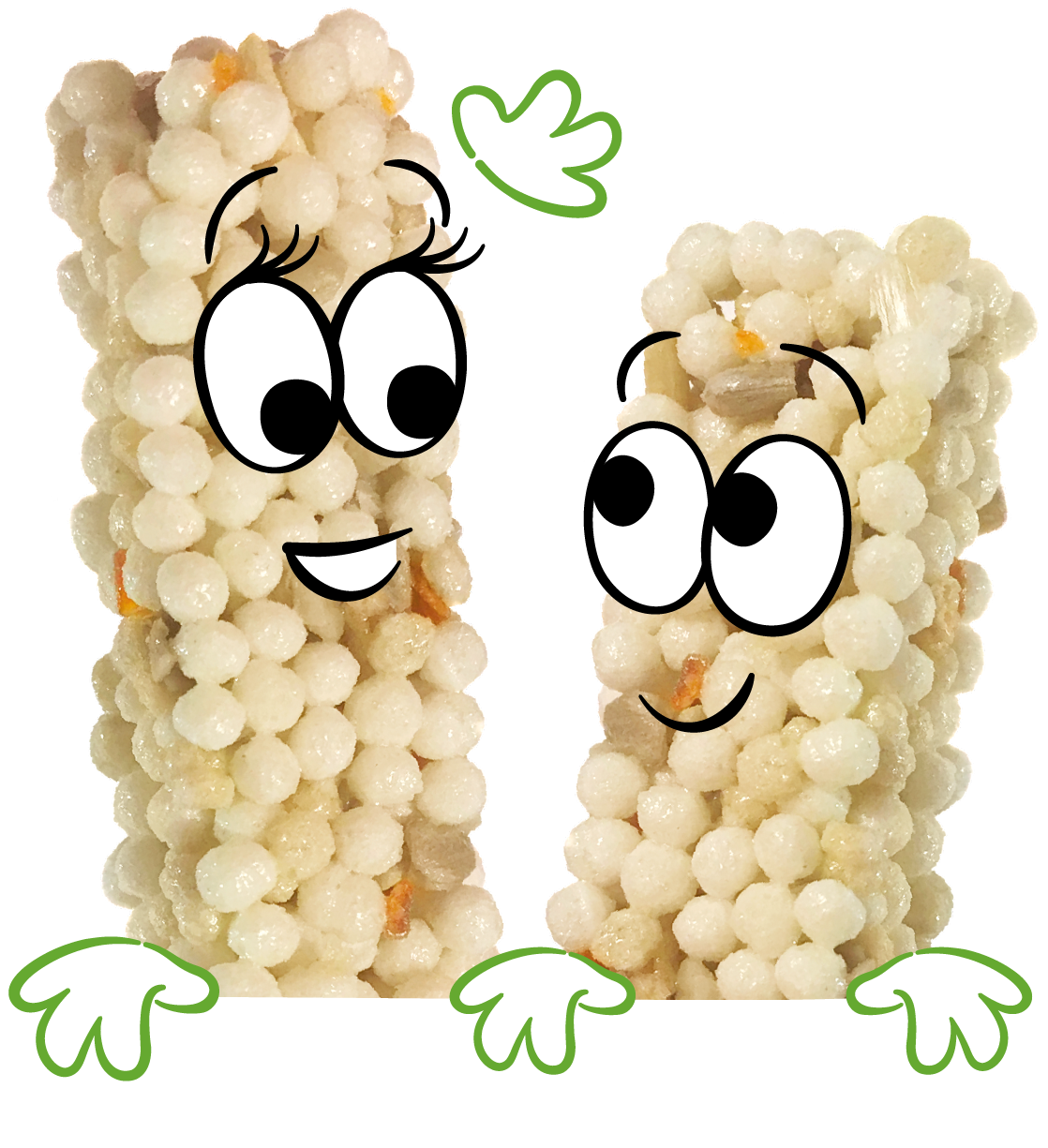
It’s worth mentioning that portion sizes are tricker with babies under 1. There are lots of things to take into account – babies have different metabolic rates, making their appetites difficult to pin down. Teething and illness will also affect a baby’s appetite. When you start to wean, don’t be surprised if your baby’s appetite seems unpredictable – from day to day and week to week.
If you find yourself wondering if you are feeding your little one the correct portion size, here’s some helpful guides showing the average portion size for a 1 to 4 year old (depending on their appetite on that day):
Remember these portion sizes are average amounts: some children will want to eat more and some less. You can be reassured that if your little one is eating within the range of portion sizes of a particular food, then he/she is eating enough of that food. Plus, children aged 1-4 years don’t eat set portion sizes like many adults do. In general, if your 1–4-year-old is taller or more active he/she will eat larger portions of some foods than if he/she is smaller or less active.
* Information is based on UK advice. If you visit the website from a country outside UK the advice may vary. Please check with your local health authorities regarding advice on eating well for babies.
Please note: that above, one plate does not equal one meal. The plates show example portion sizes of various elements to your little one’s meals.
Therefore, they should not go more than 3 hours without eating. Our snacks are the ideal top-up, plus they’re perfect to pop in your bag when you’re out and about.
As their tummies are so small, snacks play an important part in a little one’s daily routine.
Snacks play a key role in the diet as it’s hard for little ones to get all the nutrients they need just from main meals.
3 meals a day + 2 snacks is a useful pattern to follow, but do be led by your little one and never force them to eat – be guided by their appetite.
Being physically active every day is vital for the healthy growth and development of babies, toddlers and pre-schoolers. By encouraging children to make nutritious food choices when snacking they will be well fueled to keep them going until their next meal.
In line with the latest Public Health England (PHE) Change4Life campaign which encourages parents to select ‘100 calorie snacks, 2 a day max’, all Kiddylicious snacks are developed to be less than 100 calories per serving.
If you have any concerns regarding your little ones diet, we recommend you consult your doctor or healthcare professional.